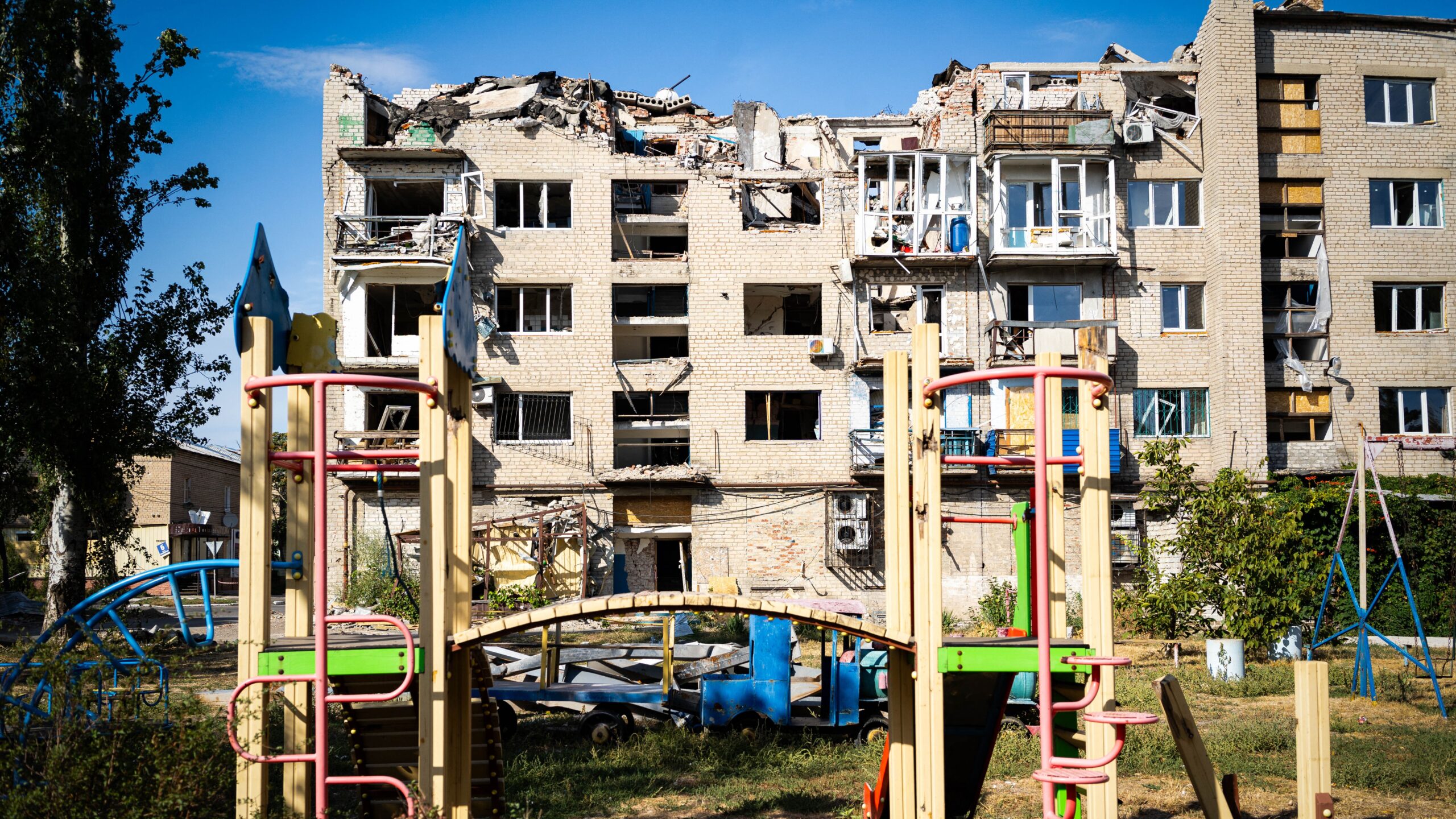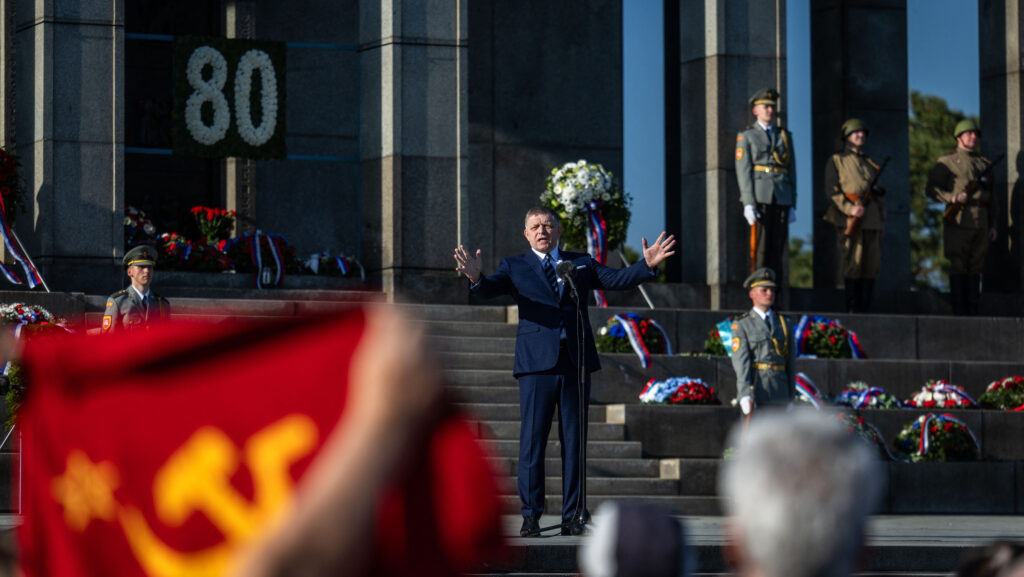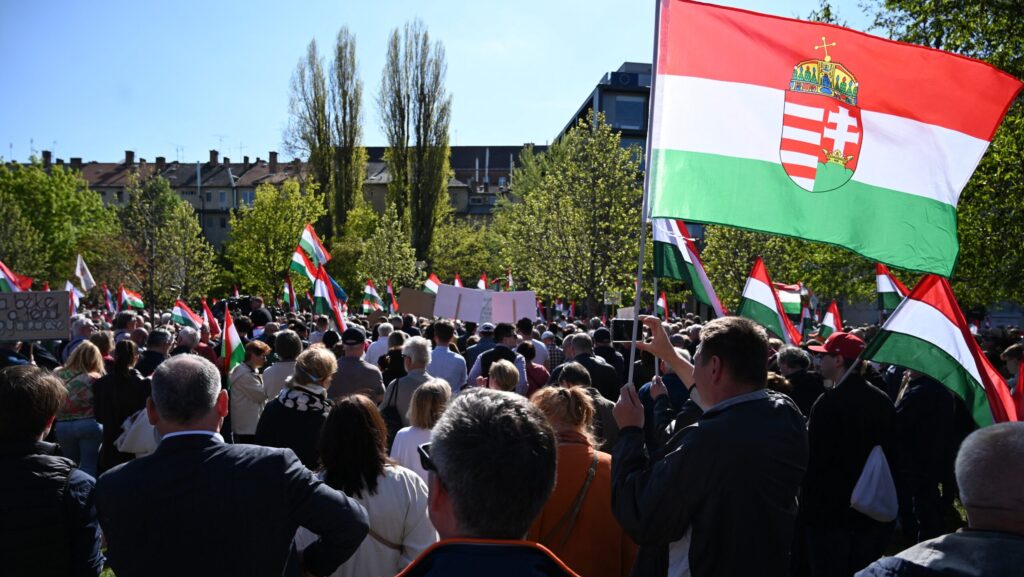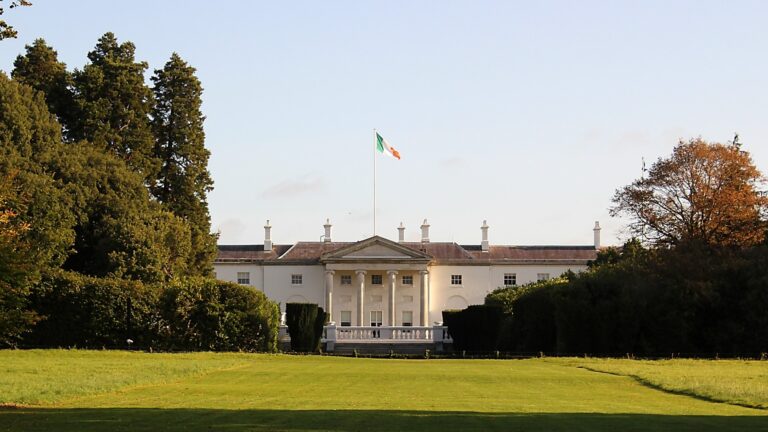President Volodymyr Zelenskyy spoke of his ‘Victory Plan’ last Wednesday intended to bring a victorious end to the war in Ukraine that began over two and a half years ago when Russian troops invaded the country. The announcement comes just after Ukraine launched a drone attack that targeted and destroyed a key arsenal in Russia’s Tver region that stored ballistic missiles, artillery, and bombs. Impressive as this may be, it nevertheless appears that it is time to accept the reality that they are not going to win the war.
The inevitable outcome for Kyiv had not only predicted by former commander of the UK’s Joint Forces Command General Sir Richard Barrons in April, but by Ukrainian commander-in-chief, Oleksandr Syrsky, too. The reason is two-fold: military incapability to compete with the Russians and not enough men to continue the fight.
‘We are seeing Russia batter away at the front line’, Barrons said, ‘employing a five-to-one advantage in artillery, ammunition, and a surplus of people reinforced by the use of newish weapons.’
Indeed, Ukrainian forces are running critically low on ammunition, troops, and air defenses, and the outdated F-16 fighter jets the United States provided have been ineffective to change the tide in Ukraine’s favor.
Arms Factor
A main factor for Ukraine’s disadvantaged military position has been the Biden administration’s delay in providing the necessary artillery that could have significantly repelled Russian forces at the start of the war. Others argue that Washington’s recent reluctance to give President Zelenskyy the green light to use U.S. advanced weapons, like the Joint Air-to-Surface Standoff Missiles (JASSMs), has also been detrimental. Yet even if the U.S. were to give the Ukrainians the go ahead, no specific weapon would be a game changer as recently stressed by U.S. Defense Secretary Lloyd Austin.
Zelenskyy, regardless, insists that his troops can still muster enough power to drive Russian forces out of the occupied Donbas regions, (in addition to Crimea), though, as per an open letter by Republican lawmakers in October er 2023, the Biden administration has failed ‘to articulate a strategy outlining how U.S. assistance to Ukraine will help them achieve victory over Russia’. The answer is because, as reported in December of last year by The New York Times, the U.S. is not seeking to repel the Russians, but instead for Kyiv to hold out against Moscow until 2025—this, if anything, is clear evidence that this is not a war to defend Ukrainian democracy, if it ever existed in Ukraine, but a proxy war between the U.S. and its old Soviet foe.
Last month the pro-Ukrainian media held that Kyiv had altered the fighting in its favor when Ukrainian forces entered Russia’s Kursk. This incursion, as we now see, only served to boost the morale of Ukrainian soldiers, albeit, temporarily. In truth, because Zelenskyy pulled out thousands of his best troops from their defensive positions for this operation, Russian forces have not only been able to further advance in Ukraine, but retake a few Kursk villages, thus threatening Ukraine’s ability to hold onto the territory it has seized. In addition, Russian soldiers have now come close to surrounding Pokrovsk, which is a key transportation hub in the Donbas region.

Russia has a robust military industrial complex to keep its troops supplied with the necessary weapons. It maintains a 5 to 1 and a 10 to 1 advantage in artillery, which puts the Ukrainian army at a significant disadvantage on the battlefield. And, as can be perceived, neither the U.S. nor its allies posses the industrial capacity necessary to mass produce artillery tubes and shells for the Ukrainians to defeat the Russians.
The Determining Factor of Manpower
Russia’s biggest advantage in this war is both its manpower and its willingness to throw soldiers at Ukrainian positions to gain a few meters at a time.
Kyiv says that approximately 30,000 of its troops have been killed in battle, the actual number is more likely to be around 80,000, with approximately 400,000 wounded. Western intelligence estimates of Russian casualties are as high as nearly 600,000, which include 200,000 dead soldiers. Such losses have caused problems for Russia, more so since it has mostly poorly trained soldiers to counter the Ukrainians in the Kursk region. However, the casualties are significantly more damaging for Ukraine because it has a population less than one-quarter the size of its adversary.
Since the start of the war in February 2022, as many as 8 million Ukrainians have fled their country; another 3 million have emigrated to Russia, while and about 4 million other Ukrainian citizens are living in the territories that Russia now controls, further shifting the population imbalance in Moscow’s favor.
Also, aside the mass defections, because of Ukraine’s birthrate collapse to the lowest recorded level, Zelenskyy has been unwilling to mobilize the key cohort of men aged between 18 and 25—typically the bulk of any fighting force. The fear is that, since most of these men are childless, should such die or become incapacitated, future demographic prospects would dim further, according to Ukrainian demographers.
The Most Probable Conclusion
The truth of the matter is that Russia will eventually win this war of attrition. To think, let alone to give false hopes, that the Ukrainians can hold the line in 2024 as the US-NATO propaganda sustains, and then eventually take the offensive is wishful thinking. As world leading international relations expert Professor John Mearsheimer said:
‘That’s just not going to happen. They took the offensive this past summer and it was a colossal failure. And there’s no way that we’re going to arm up and train the Ukrainians by 2025, so that they’ll be in a position to overwhelm the Russians, who are arming up their forces and training their forces more effectively than we are.’
Any prospect for an immediate peaceful resolution is zero! While both sides have irreconcilable differences regarding territory, for the time being, everything hinges on the U.S., which is committed to weakening Russia, regardless of how many Ukrainians are killed.
Former President Donald Trump has vowed that if elected, he would end the war in ‘24 hours’, and even before he would take over the reins in January next year. As we say in Italy: ‘Auguri’! (Good luck)!
Indeed, the Kremlin expressed pessimism about Trump’s claims of ending the war immediately, but as press secretary for Russian President Vladimir Putin Dmitry Peskov, this sort of thinking falls within ‘the realm of fantasy’. Equally fanciful is the hype of Trump’s vice-presidential running mate J.D. Vance that Trump would at least reach a ceasefire because ‘they’re scared of him in Russia’—they are not!
If the Ukrainians choose for themselves and not let Washington call the shots for them, then perhaps, as Prof. Mearsheimer holds, they could strike a much better deal with President Putin now, as opposed to next year. This would, of course, require ceding the occupied territories of Luhansk, Donetsk, Zaporizhzhia, and Kherson Oblasts in the Donbas, in addition to Crimea, and declaring their neutrality, i.e. that Ukraine will not join NATO. Otherwise, with the recent rhetoric from both EU and Russian leaders, we may see an apocalyptic escalation.








